MO Tested: Arai Signet-Q Pro Tour
Better than wearing sunglasses
Blessed is the helmet manufacturer with various interior shapes. Blessed was the old Signet model from Arai, and blessed is the new Signet-Q. If you’ve a Long Oval noggin and have had your skull compressed front to rear inside a helmet with a very round interior, you’ll never realize what a mere 5mm of stretch provides in terms of comfort until you own a Signet-Q.
Arai Signet-Q Pro Tour
| Aesthetics | 8.5/10 |
| Protection | 10.0/10 |
| Value | 7.5/10 |
| Comfort/Fit | 10.0/10 |
| Quality/Design | 9.75/10 |
| Weight | 9.0/10 |
| Options/Selection | 8.5/10 |
| Innovation | 9.75/10 |
| Weather Suitability | 9.5/10 |
| Desirable/Cool Factor | 8.75/10 |
| Overall Score | 91.25/100 |
According to Arai, all their North American helmets tend to be more oval than round, with the Signet-Q being the most oval compared to the company’s Intermediate Oval helmet models: Corsair-V, CT-Z, Defiant, Vector-2, VX-Pro4, XC, XD4, or its Round Oval helmet, the RX-Q. If your interest is piqued and you can afford spending $670 – $790 for a new lid, it’s easy to feel the difference in helmet interiors if you drop by your local Arai dealer and plop on one model Arai and then the next.
When the Signet model returned to Arai’s helmet line-up, it did so as the Signet-Q, utilizing all the new features introduced earlier on the RX-Q such as a SAI Max Vision Pinlock-ready faceshield (with Arai’s trademark brow vents), refined air venting, a removable neck roll, emergency cheek pad removal system, FCS (Facial Contour Support) cheek pad design, among other features.
What the Pro Tour designation brings to the table is the Arai Pro Shade System, fancy speak for an external sunshield. Arai created an external sunshield (rather than the more familiar internally mounted visors) because it allows Arai helmets to maintain a Snell M2015 standard certification. According to Arai, helmets with internal sunshields may have compromised shell designs in the forehead area to compensate for the space an internal sunshield demands, and thusly do not meet Snell requirements.
Indeed, Shoei’s helmets with internal sunshields do not have Snell certification. Shoei’s media rep, Matthias Beier, explained how its internal sunshield models have a raised forehead area to accommodate the EPS material and the sunshield system. Shoei chose not to meet Snell approval because doing so would require reinforcing the forehead area of the helmet, which increases the weight of the helmet. “It was a simple decision by Shoei to not have these helmets Snell certified based on the fact that this certification would make the helmets quite a bit heavier.” Full-face Shoei helmets in North America lacking internal sunshields are Snell certified.
Differing philosophies regarding construction and safety testing exist, and oftentimes clash with one another. Most full-face helmets with internal sunshields in the U.S. are both D.O.T. and ECE certified (ECE being a Euro safety standard). Snell certification requires a tougher shell, which would seem to be safer, but some safety experts believe a Snell-certified lid transfers more impact energy to a rider’s skull. It really comes down to your preference for a particular safety rating.
In motion the sun visor works pretty well. In the closed position it covers the majority of the viewable area, leaving about a one-inch gap at the bottom of the faceshield. Because the sun visor is kept away from the faceshield, it’s easy for a gloved hand to catch the lower lip of the visor and raise it to the up position. Lowering the sun visor is similarly easy.
You might think that the sun visor would adversely affect aerodynamics and/or increase noise, but this really isn’t the case. If I tilt my head back far enough, the visor will catch the wind and begin tugging at the helmet, but in a normal seating position, aboard both faired and unfaired motorcycles, I’ve been able to maintain the sun visor in the raised position without noticeable annoyance.
One of the drawbacks to having an external sun visor is that the sun visor raises with the faceshield, exposing your eyes to full sunlight when you might want the faceshield raised for more airflow. At least a tinted visor in the raised position provides some shade, and an internal visor can be kept deployed with an open faceshield.
Another consideration is the SAI Max Vision Pinlock-ready faceshield. Pinlock is wonderful at keeping your faceshield fog free, but with it installed and the sun visor in the closed position, it creates three layers through which you’re viewing the world. Distortion isn’t the problem, it’s the distraction of having two different lines – one from the bottom of the sun visor and the other the bottom of the Pinlock – intersecting through your lower field of vision.
Internally, the Signet-Q Pro Tour features recessed ear pockets for speaker placement from communication devices such as Sena ( Sena 20S Motorcycle Bluetooth Communication System Review). This helps improve the convenience of installing the speakers as well as the comfort level when wearing a Signet-Q with speakers installed. The Pro Tour also benefits from Arai’s new Eco Pure liner with advanced moisture-wicking and antibacterial properties.
If you already own an Arai helmet and don’t feel like spending the $670 – $790 to get a Pro Tour model, the Pro Shade System is sold separately for $100.95. For that price you get the SAI Max Vision Pinlock-ready faceshield and sun visor. Applicable helmets models include the Arai Corsair V, Vector 2, RX-Q, Arai Signet-Q and Defiant.
The Signet-Q pictured in this review is the Tactical Green Frost. Signet-Q Pro Tours are available in four color schemes: Tactical White, Scheme Blue, Scheme Green, and Black Frost. For more information on the Signet-Q Pro Tour, Arai’s Pro Shade System, or other Arai helmets, products or replacement parts go to www.araiamericas.com.
A former Motorcycle.com staffer who has gone on to greener pastures, Tom Roderick still can't get the motorcycle bug out of his system. And honestly, we still miss having him around. Tom is now a regular freelance writer and tester for Motorcycle.com when his schedule allows, and his experience, riding ability, writing talent, and quick wit are still a joy to have – even if we don't get to experience it as much as we used to.
More by Tom Roderick





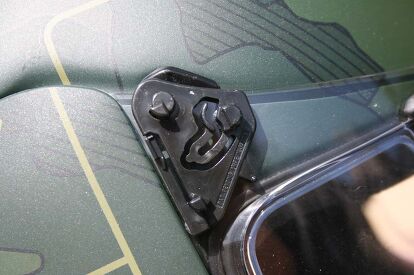

















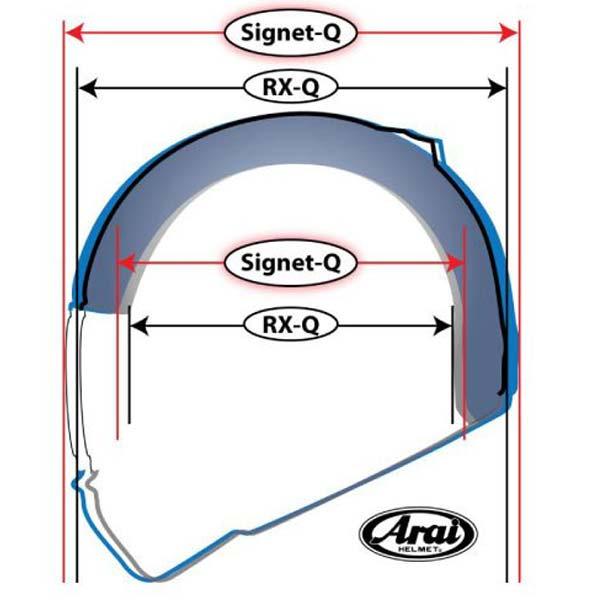














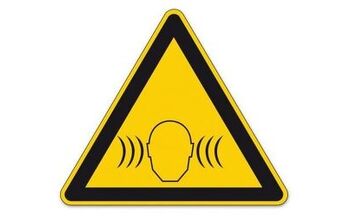
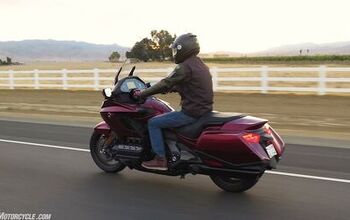







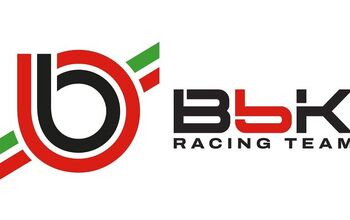







Comments
Join the conversation
I'm longest-oval. Arai Quantum and now RX-Q helmets, and other "round" helmets like AGVs, Schuberths, etc. are simply murder for me to wear. Arai's Signet on the other hand is simply sublime. I can wear Shoeis and Bells for short to mid distance rides, but for a long day in the saddle it MUST be an Arai Signet.
DO NOT WASTE $700 ON THIS FAULTY HELMET
https://www.araiamericas.co...
It's borderline dangerous, as the "pro shade" that Arai engineered slams down intermittently. After the 10th time I ripped mine off because it was dangerous. I contacted Arai and they said they'd look at it if I paid shipping. I did. After reviewing they informed me that they could find nothing wrong with it. I told them that was unsatisfactory but if they wanted to switch out the mounting hardware and shade I would be willing to test it. Again. They said only if I paid for the new shield since I didn't have the other one to send in. Nice customer service guys. Only thing worse is your engineering. If this happen to some at speed, in a turn, it could be very dangerous!